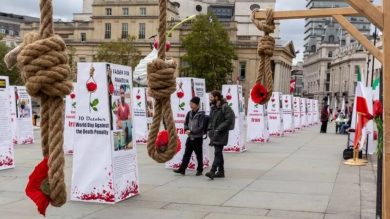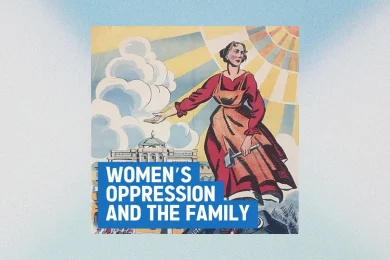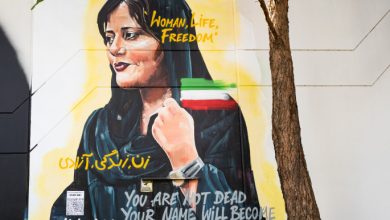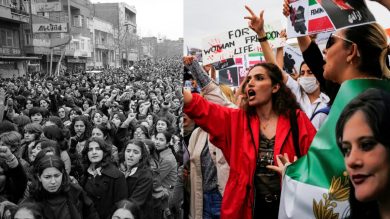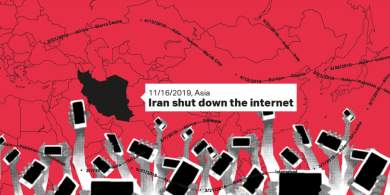The Islamic Republic of Iran has spent decades attempting to silence voices of dissent—especially the voices of women. But while many have been forced into exile, the spirit of resistance has not been extinguished. In fact, beyond Iran’s borders, a powerful, determined, and unyielding Iranian diaspora has emerged. Composed of activists, journalists, artists, scholars, and ordinary citizens, this global community has become a vital force in advocating for women’s rights and amplifying the movement for freedom inside Iran.
The slogan “Women, Life, Freedom”—once chanted in Tehran’s streets—is now echoed from Berlin to Toronto, Paris to Los Angeles. Iranian women in exile, though separated by geography, remain intimately connected to the struggles of their sisters at home. From organizing international protests to influencing policymaking in democratic countries, their efforts are reshaping global perceptions, building pressure on the Iranian regime, and ensuring that Iranian women’s demands for justice are not forgotten.
This article explores:
• The roots of the Iranian diaspora movement
• Key figures and voices leading the charge abroad
• The strategies and challenges of advocacy from exile
• The global impact of the diaspora on women’s rights in Iran
• How international communities can support and empower these voices
1. The Making of a Diaspora: Repression that Created Resistance
The modern Iranian diaspora has grown through successive waves of forced migration. Each wave brought a different group—intellectuals, political refugees, students, journalists, and everyday citizens—fleeing the tightening grip of authoritarianism.
Women as Early Targets of the Regime
From the Islamic Republic’s inception in 1979, women became a central focus of the regime’s oppressive policies. Mandatory hijab laws, gender segregation, and legal discrimination made life increasingly unbearable for many Iranian women. Those who resisted were punished—many were imprisoned, tortured, or forced into silence.
As a result, many prominent voices fled:
• Nasrin Sotoudeh, though still in Iran, represents the countless women lawyers and defenders forced underground or into exile.
• Shirin Ebadi, the first female Muslim Nobel Peace Laureate, was exiled for her human rights work.
• Journalists like Masih Alinejad, who now operate abroad, have been targeted by regime-backed plots of kidnapping and assassination.
Their exile, however, did not mean silence. Instead, it birthed a transnational women’s movement—committed to the liberation of Iranian women everywhere.
2. Voices that Refuse to Fade: Diaspora Women Leading the Global Fight
Masih Alinejad: Voice of Digital Defiance
One of the most recognized Iranian activists abroad, Masih Alinejad has used her social media platforms to create powerful campaigns such as:
• #MyStealthyFreedom: Encouraging Iranian women to share images without hijab.
• #WhiteWednesdays: A civil disobedience movement against forced veiling.
From her base in New York, she has become a beacon of hope and resistance, despite surviving multiple assassination and kidnapping plots orchestrated by the IRGC.
Hoda Amid, Shaparak Shajarizadeh, and More
A generation of women exiled in Europe and North America are using their platforms to:
• Publish articles and memoirs.
• Speak at the UN and in front of parliaments.
• Organize demonstrations and build networks of solidarity across cultures.
These voices have filled the information vacuum left by censorship inside Iran and have ensured that the world sees and hears what the regime desperately tries to suppress.
3. Exile as a Tool for Empowerment, Not Isolation
A. Creating International Pressure
Exiled activists and organizations have successfully:
• Lobbied governments to impose sanctions on human rights violators.
• Pushed for the designation of the IRGC as a terrorist organization.
• Encouraged parliaments to adopt resolutions in support of Iranian women’s rights.
For instance, diaspora campaigns were instrumental in amplifying global outrage after the death of Mahsa Amini, leading to:
• Global protests in over 150 cities.
• Strong condemnations by the UN, EU, and U.S. Congress.
• Sanctions on Iran’s morality police and key regime officials.
B. Cultural Diplomacy
Iranian artists in exile use film, literature, and music to highlight the plight of women. Films like “Persepolis” and documentaries like “Nasrin” have brought Iranian women’s stories to international audiences, fostering empathy and awareness.
4. Challenges Facing the Diaspora Movement
A. Security Threats
The Iranian regime actively targets diaspora figures with:
• Surveillance and cyber harassment.
• Disinformation campaigns labeling them as foreign agents.
• Assassination plots on foreign soil.
Despite living in free countries, Iranian activists must remain vigilant, often under protection from local authorities.
B. Psychological Burden and Survivor’s Guilt
Many activists live with the trauma of:
• Family members still imprisoned or disappeared.
• Inability to return home.
• Constant worry for loved ones targeted by the regime in retaliation.
The pressure of advocacy, combined with isolation from homeland, takes a significant emotional toll.
C. Fragmentation within the Diaspora
Like many exile communities, political divisions can hinder unity. However, women’s rights remain one of the few causes that unites diaspora Iranians across ideologies.
5. Why the Diaspora Matters More Than Ever
The Iranian diaspora acts as:
• A megaphone for women’s voices in Iran.
• A bridge between domestic activism and international support.
• A watchdog, holding governments accountable for their dealings with the regime.
As Iranian women inside the country face heightened risks, their exiled sisters become critical lifelines—ensuring their struggles are not invisible.
6. How the World Can Support Diaspora-Led Women’s Advocacy
1. Protect and Platform Exiled Voices
• Offer security protections for targeted activists.
• Provide platforms in international media, politics, and academia.
2. Enforce Accountability
• Expand sanctions on IRGC members involved in gender-based oppression.
• Support efforts to document and prosecute crimes against women in Iran.
3. Invest in Grassroots Networks
• Fund diaspora NGOs focused on women’s rights, digital safety, and legal advocacy.
• Create fellowships and safe spaces for exiled journalists, artists, and scholars.
4. Maintain Public Pressure
• Continue global protests, especially around key anniversaries like September 16 (Mahsa Amini).
• Use art, film, and literature to educate and mobilize global audiences.
Conclusion: Exiled but Unbreakable
Exile is not defeat. For Iranian women, it is a new battleground—one where borders no longer limit their voices. In countries with free expression, democracy, and media access, they are fighting not just for their homeland, but for a world that refuses to accept gender apartheid and authoritarianism.
From satellite TV channels to UN podiums, from marches in European capitals to tweets that go viral, the Iranian diaspora—especially its women—has become an unstoppable force in the fight for justice
Join Our Newsletter!
Stay informed with the latest updates, news, and ways to take action in the fight for justice and global security. Sign up now to get updates delivered straight to your inbox!

